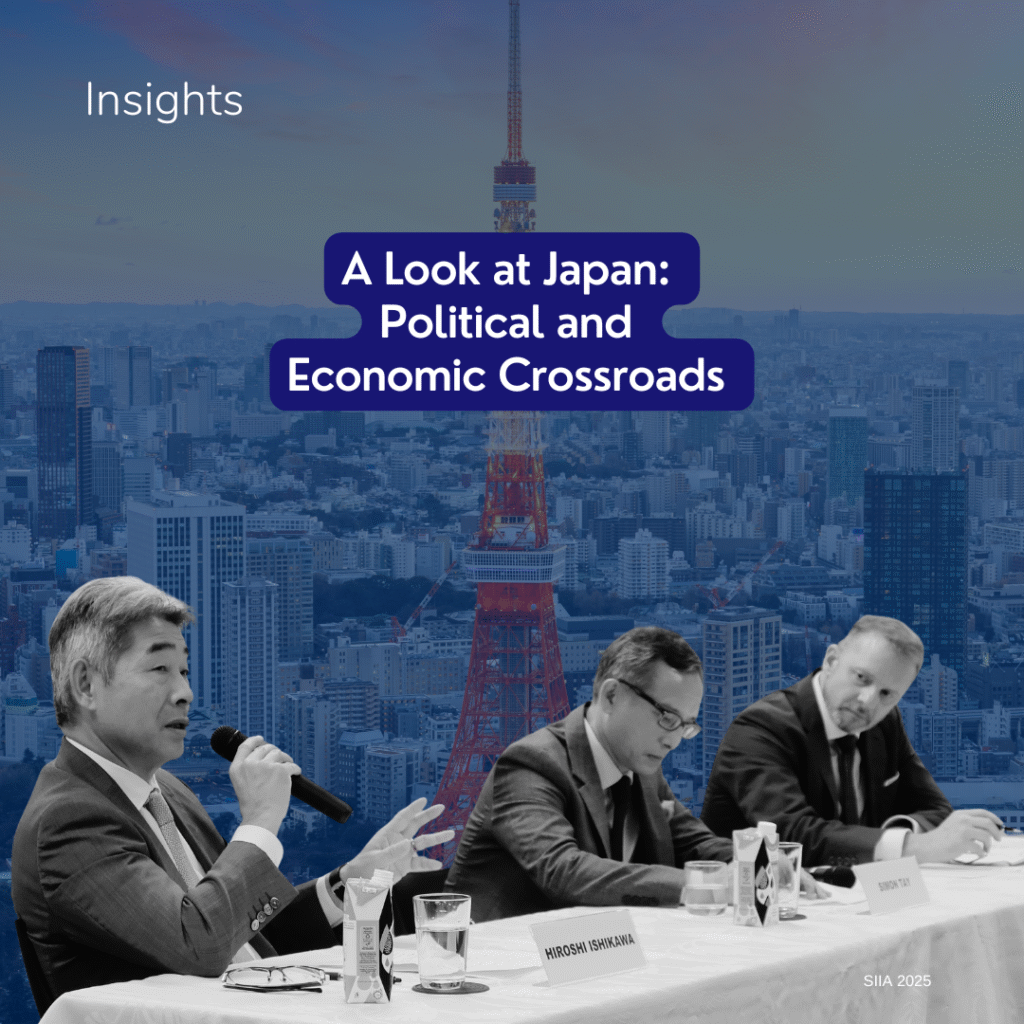US President Donald Trump’s recent announcement that America will withdraw from the Paris Climate Accord signals Washington’s unwillingness to take the lead in fighting climate change. With a new power vacuum in the global effort against climate change, it is an opportune moment for ASEAN member states to step up and take on a more proactive role.
ASEAN countries are highly vulnerable to the negative effects of climate change. The region has large populations and economic activity either concentrated in, or reliant on, the coastlines. A study by the Asian Development Bank (ADB) reveals that if current carbon emission rates continue, there will be a 4.8 degree Celsius rise in mean annual temperature and a 70 centimetre rise in mean sea level by 2100 in the Philippines, Indonesia, Vietnam and Thailand.
ASEAN member states therefore need to move away from the “development first, environment later” mindset. A recent publication by ERIA suggests two key strategies that national governments should employ to foster green growth.
First, ASEAN governments could collaborate on transnational projects, establishing regional frameworks and guidelines to implement greener growth strategies, eliciting a stronger shared commitment to sustainable development.
Some ASEAN governments have already begun to prioritise environmental protection over economic gains. According to a strategic environmental assessment conducted by the Mekong River Commission (MRC), the hydropower projects proposed by countries in the region would result in an estimated annual loss of 340,000 tonnes of fish by 2030, or US$476 million per year. A 10-year moratorium on construction decisions was recommended, a move which is supported by Vietnam and Cambodia, though not all countries in the MRC agree.
Second, more needs to be done to foster ASEAN-wide development of renewable energy, such as the creation of a collective ASEAN fund. At present, efforts to reduce carbon emissions have largely been undertaken at the national level. Given that the effects of climate change are transnational, a whole-of-ASEAN approach is required.
The creation of an ASEAN fund would ensure that funds are specifically earmarked for these purposes, while reducing the strain on national budgets. More importantly, such an initiative is a step forward in providing the financial capital required for new greener growth strategies.
However, the creation of such a fund must be done in accordance with the ASEAN approach of consultation and consensus, to ensure that every country is an equal stakeholder.
In light of ASEAN’s growth – the urbanisation rate in ASEAN is expected to reach 50 per cent by 2026 – the region needs sustainable growth strategies to move forward. But ASEAN-wide collaboration is needed; governments need to cooperate to ensure that environmental degradation does not hold back ASEAN’s economic integration as the region advances past its half-century milestone.
Sources:
Can Thinking Green and Sustainability Be an Economic Opportunity for ASEAN? [ERIA Discussion Paper Series, September 2015] (PDF)
ASEAN Cooperation on Climate Change [ASEAN Secretariat]




